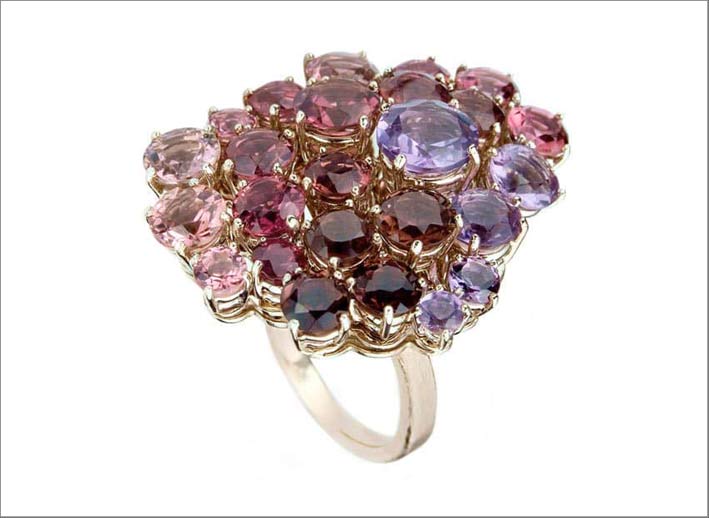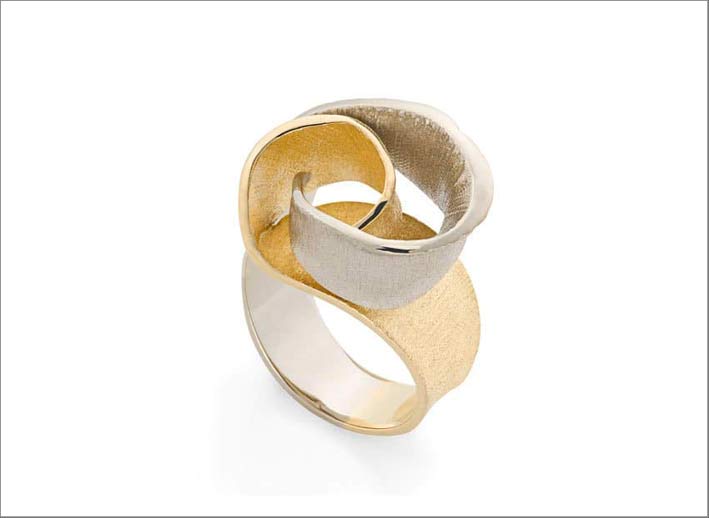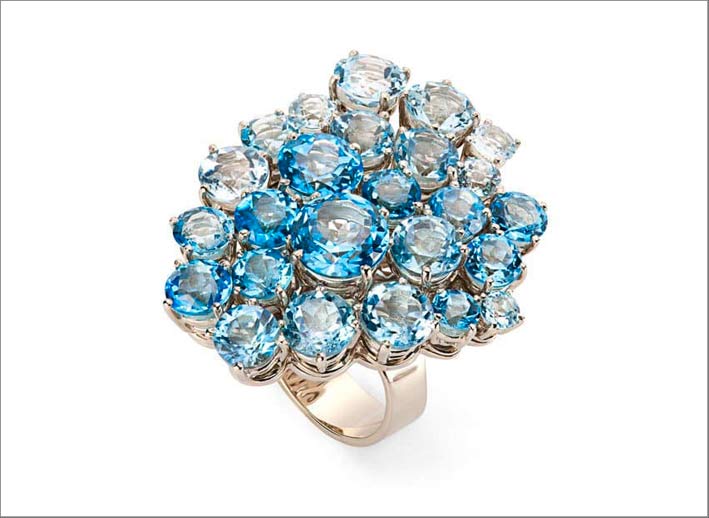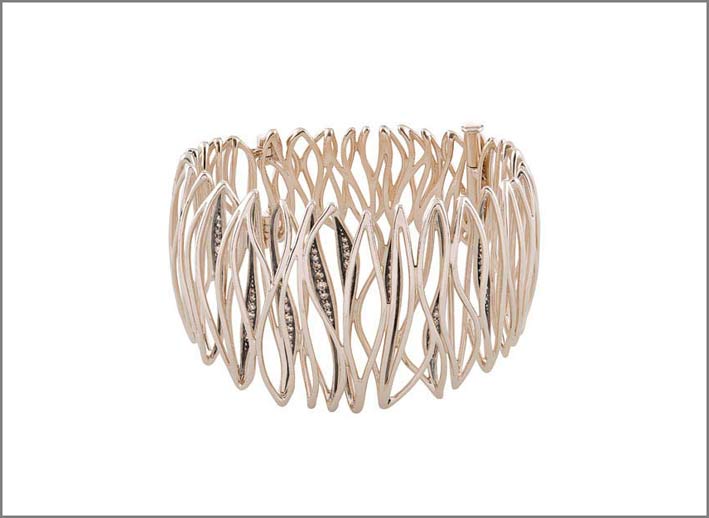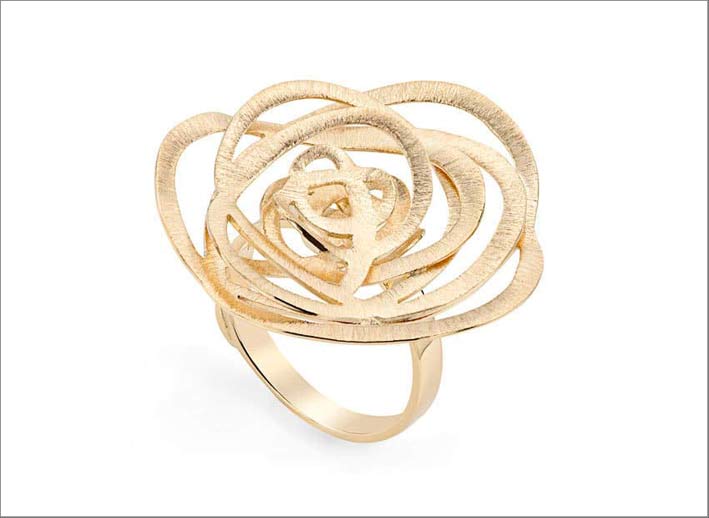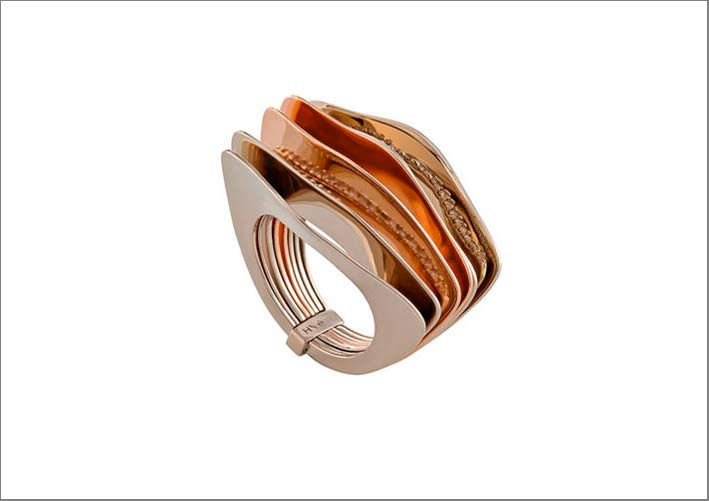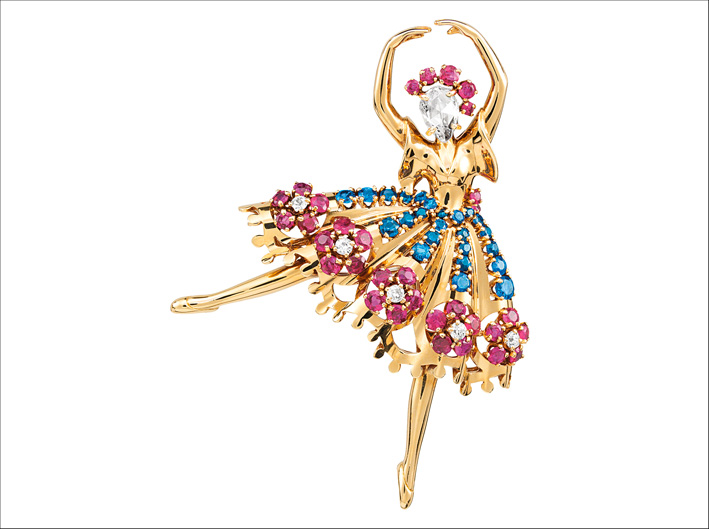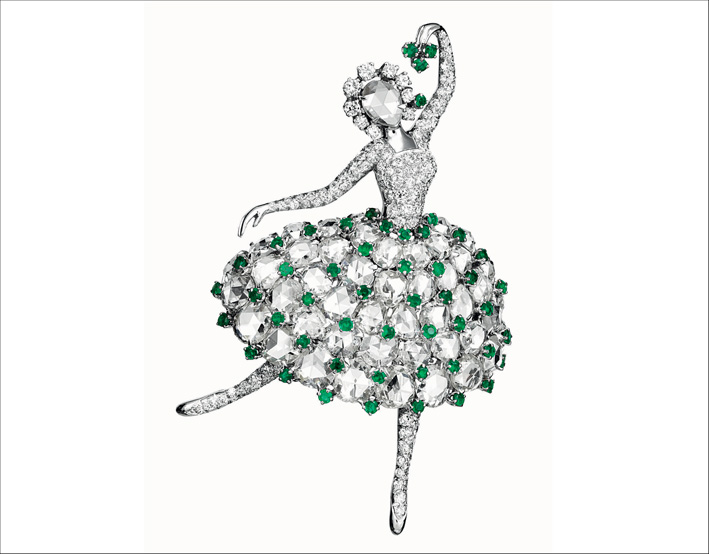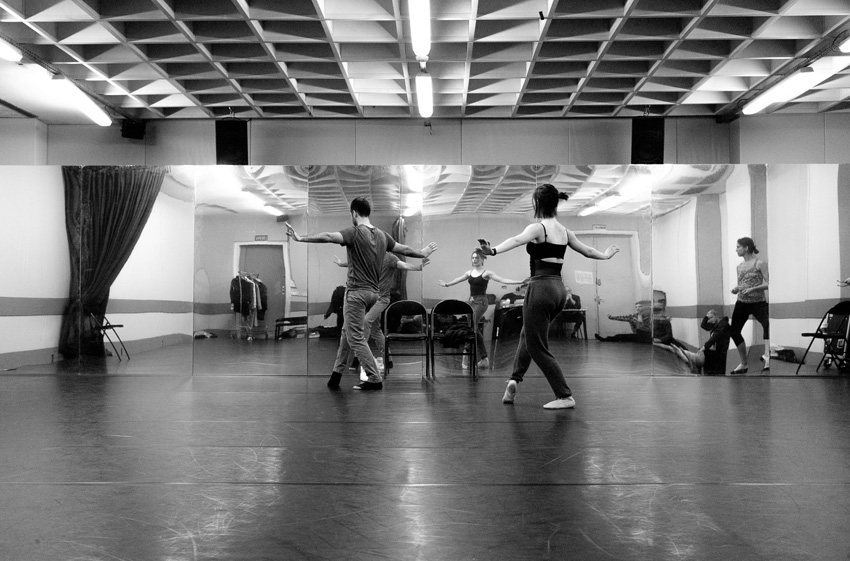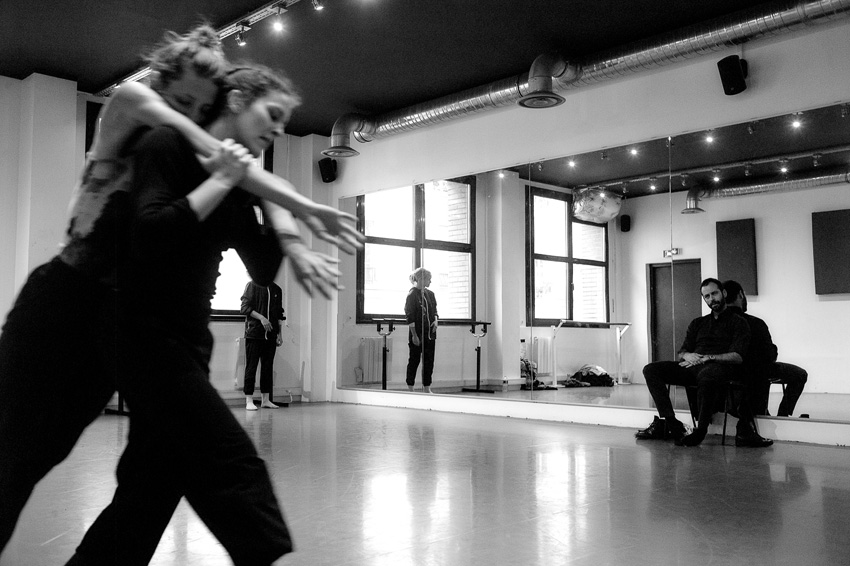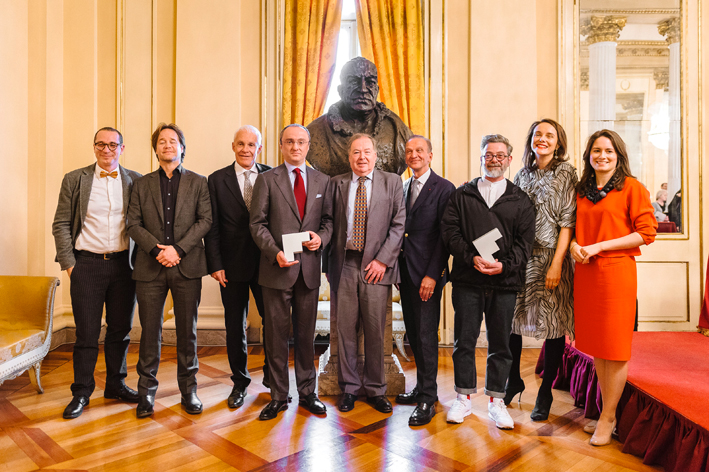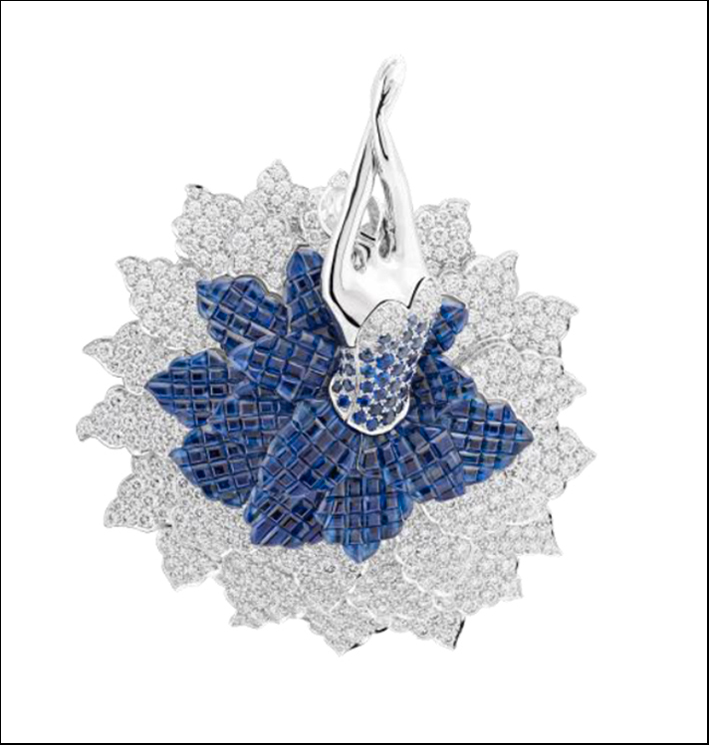A collection dedicated to Grupo Corpo, a Brazilian contemporary dance company. It is the idea of H. Stern ♦ ︎
Flowers, insects, animals in general. And also symbols or icons like the classic heart, star, eye, and so on. Jewelers have subjects in common as inspiration. But you can also choose a different subject, like the one identified by H.Stern. The Brazilian Maison, in fact, has chosen to inspire a collection to a ballet company, more precisely the Grupo Corpo. It is a contemporary dance company founded by Paulo Pederneiras in 1975, in Belo Horizonte, Brazil.
The jewels of the Grupo Corpo collection also want to communicate the particular bond that establishes between those who dance and the sense of movement.
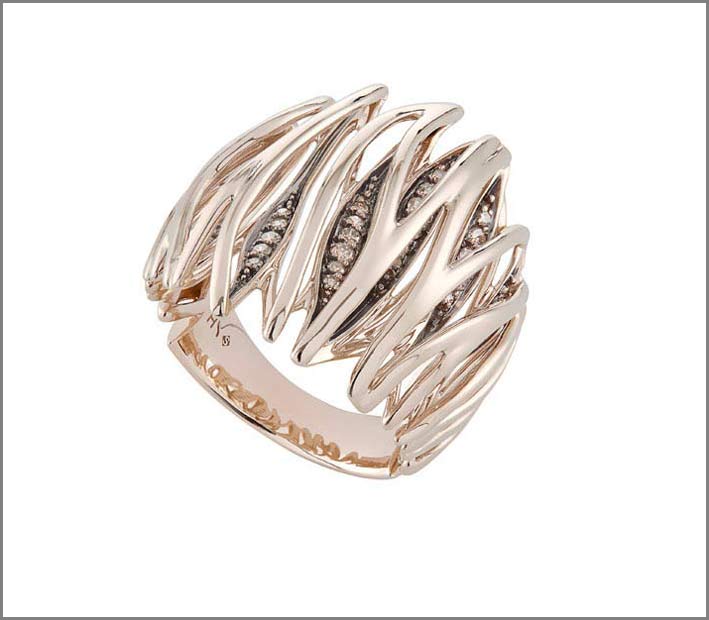
Gold, diamonds are the materials used for almost all the jewels, with the addition of semi-precious stones such as topaz or garnet for some pieces.
H.Stern is a jewelry brand founded in Rio de Janeiro, Brazil, in 1945 by the German Hans Stern in Brazil. The founder’s son, Roberto Stern, now manages the company. H.Stern initially specialized in precious stones before turning to jewelry design. It has over 150 stores in Latin America, the United States, Europe and Asia. Margherita Donato
